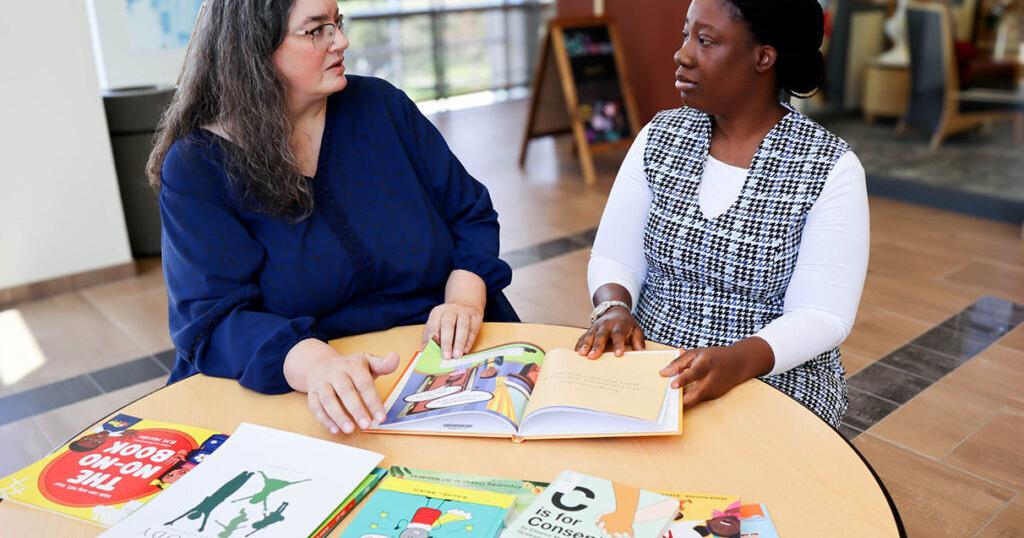PULLMAN, Wash. – A recent study by Washington State University researchers reveals that while many children’s picture books about personal boundaries and consent offer valuable resources, they often miss key elements recommended by experts.
The study analyzed over 100 books for children ages 3-8, comparing them against essential concepts in consent education and child abuse prevention.
“These books really provide a good resource for parents,” said Stacey J.T. Hust, professor and associate dean of faculty affairs and college operations in the Murrow College of Communication, who co-authored the paper. “I think parents should explore these books and identify which ones are consistent with their preferences, and then add them in to their family reading time.
However, many books lack specific anatomical terms for body parts and fail to depict adults helping to set boundaries, placing undue responsibility on children and creating fear rather than emphasizing personal autonomy and safety, WSU said in a release.
Opeyemi Victoria Johnson, a PhD student and lead author, stated it’s crucial to balance awareness of inappropriate touching with reassurance that not everyone poses a threat. “It’s also important to tell them not everyone is out there to get you,” Johnson added.
The study, published in The Journal of Children and Media, said despite some shortcomings, 42% of the books provided specific tips for parents on discussing consent, offering a range of approaches suitable for different families.
Parents are encouraged to choose books that align with their values and use them as a tool to introduce important conversations about consent and personal boundaries, the release added.

